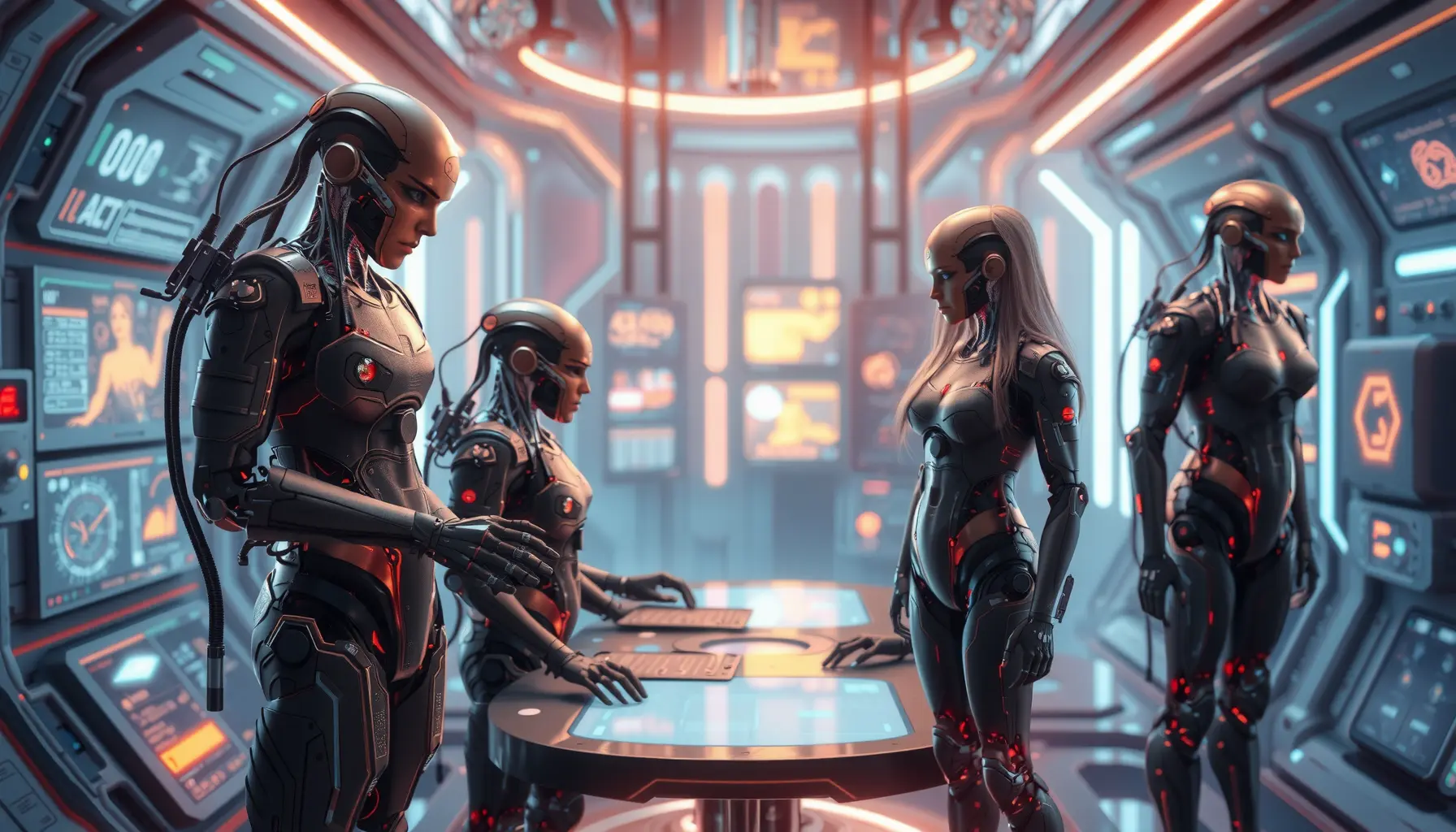
Types of Artificial Intelligence: New Faces
Hey buddy! Today I wanna chat with you about artificial intelligence the thing that’s everywhere now and totally changing our lives. Maybe you’ve heard how AI can answer questions like a smart friend or even control self-driving cars. Well, in this article, we’re gonna dive into all of that; from AI that just does one specific task to systems that one day might think like us. So sit back, relax, and get ready to explore this fascinating world together.
Abstract
In this article, we take a look at different types of artificial intelligence. First, we got familiar with Narrow AI (ANI) systems designed for just one specific task. They’re great at that task but less so elsewhere. Then we explored General AI (AGI) systems that can think like humans across different areas but are still in research and development. Next, we touched on the idea of Superintelligent AI (ASI), which, if it ever becomes real, could surpass human intelligence. We also went through other classifications like Symbolic AI, Machine Learning, and Hybrid AI, and looked at practical applications in industries like automotive, healthcare, customer service, and finance. Finally, by looking at the future and challenges, we concluded that AI is impacting our lives more every day, and we need to stay equipped with knowledge and tools to keep up.
1. Narrow AI
What’s this Narrow AI all about?
Narrow AI, or ANI, refers to systems designed for one specific task. For example, when you use facial recognition on your phone or computer, or a chat robot that answers your questions, those are examples of ANI.
Features and Applications
- Specialization: These systems are trained for one specific topic or task, like facial recognition, movie recommendations, or even simple text writing.
- Speed and Accuracy: Since they focus on one task, they perform it very quickly and precisely.
- Wide Applications: From image and voice recognition to language processing and even video games, these systems come in handy everywhere.
Pros and Challenges
The main advantage is their outstanding performance in a specific area. But if you try to use them for other tasks, they might fail because their expertise is limited to that domain.
2. General AI
Who’s the all-rounder now?
General AI, or AGI, refers to systems that can think and work like humans across different areas. That means they can act intelligently not just in one field, but across various topics.
Features and Applications
- Multiple Tasks: These systems can assist in different kinds of work, from solving complex problems to daily tasks.
- Learning and Adaptation: Using deep learning algorithms, they learn from experiences and can understand new situations.
- Big Challenges: AGI isn’t fully developed yet it’s still in research and development. Many ethical and technical questions remain unanswered.
Pros and Challenges
On the one hand, if AGI ever works properly, it could help solve very complex problems. But building and controlling such a system comes with huge challenges, and many aspects are still controversial.
3. Superintelligent AI
Listen about this one too
Superintelligent AI, or ASI, refers to AI that surpasses human abilities. That means if such a system is ever created, it could outperform us in every field.
Features and Applications
- High Processing Power: These systems can analyze massive amounts of data using very advanced algorithms.
- Revolutionary Potential: In sci-fi stories, these systems are described as something that could transform human life.
- Theoretical Concept: ASI hasn’t been realized yet; it’s mostly an idea and research goal.
Pros and Challenges
The main advantage of ASI is that it could help solve complex problems. But there are concerns about controlling these systems; if they get out of our hands, things could happen that are beyond control.
4. Other Classifications in AI
Besides categorizing AI by intelligence level, AI also has different classifications based on technology and applications.
Symbolic AI
- Works on logical rules and symbols; one of the oldest approaches in AI.
- Pros: High explainability and organized structure.
- Cons: Hard to learn from new data and process natural language.
Machine Learning AI
- Allows systems to learn from data and improve over time. Uses neural networks, decision trees, and reinforcement algorithms.
- Pros: Highly flexible and continuously improving with more data.
- Cons: Requires large amounts of data and sometimes lacks decision transparency.
Hybrid AI
- Often, the best results come from combining approaches. It uses machine learning and symbolic models simultaneously for better accuracy and explainability.
5. Practical Applications of AI
AI isn’t just a theoretical concept it has many practical applications in our daily lives. Let’s check out some of the most important ones.
Automotive Industry
Today, self-driving or smart cars mostly rely on AI. These systems analyze the surrounding environment and make decisions for safe driving. Imagine one day riding in a self-driving car and leaving everything to AI!
Healthcare
AI is highly useful in medicine, from diagnosing diseases and analyzing medical images to predicting health trends. For example, systems using machine learning can recognize patterns in patient data and help make more accurate diagnoses.
Customer Service
Chatbots and virtual assistants on websites and apps are good examples of Narrow AI. These systems respond quickly to customer questions and improve user experience.
Finance and Banking
In banking and finance, AI helps analyze markets, predict economic trends, and even manage investment risks. Machine learning algorithms can use historical data to accurately forecast future trends.
Conclusion
So buddy, this was an overview of different types of AI from those that only do one specific task to systems that might one day think like us. In this article, we explored ANI, AGI, ASI, and other classifications like Symbolic AI, Machine Learning, and Hybrid AI. We also saw how AI is applied in automotive, healthcare, customer service, and finance.
The main point is that AI is influencing our lives more every day, and we need to move forward equipped with knowledge and awareness. Some of these concepts are still in research and development, but the technology is growing and evolving daily, and we can make the most of the opportunities it creates.

